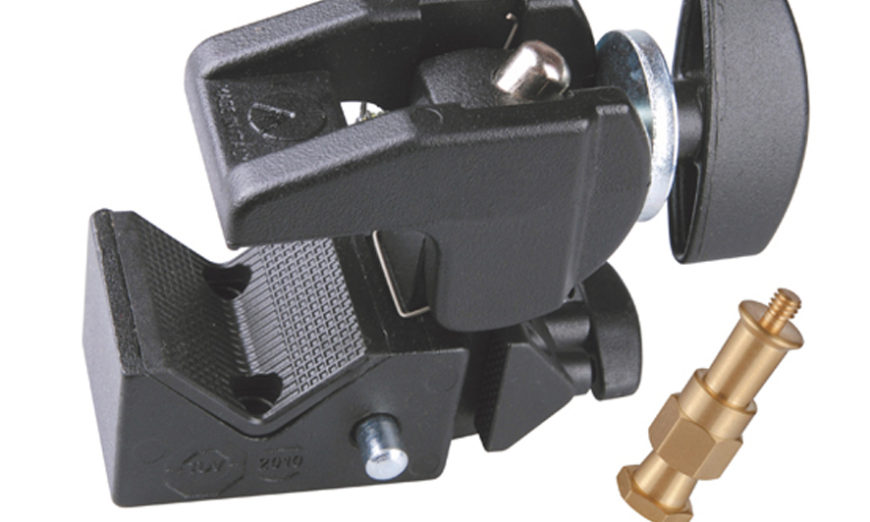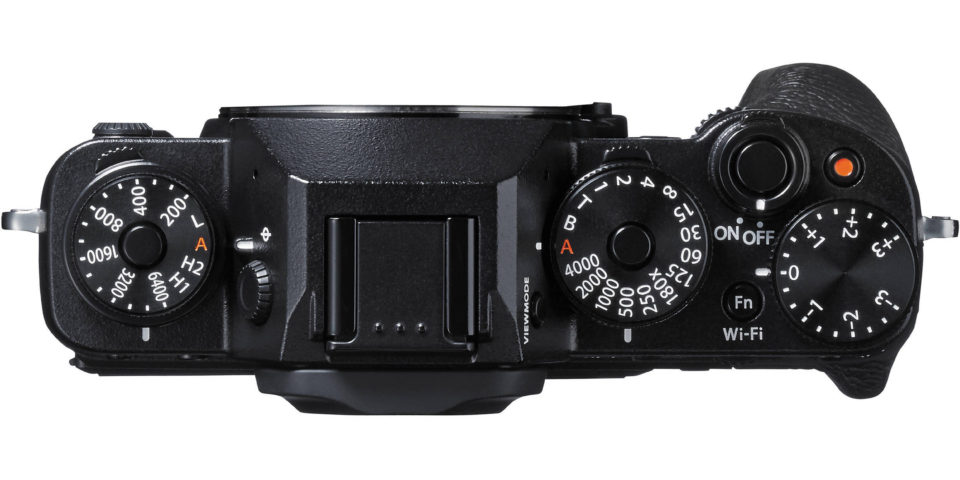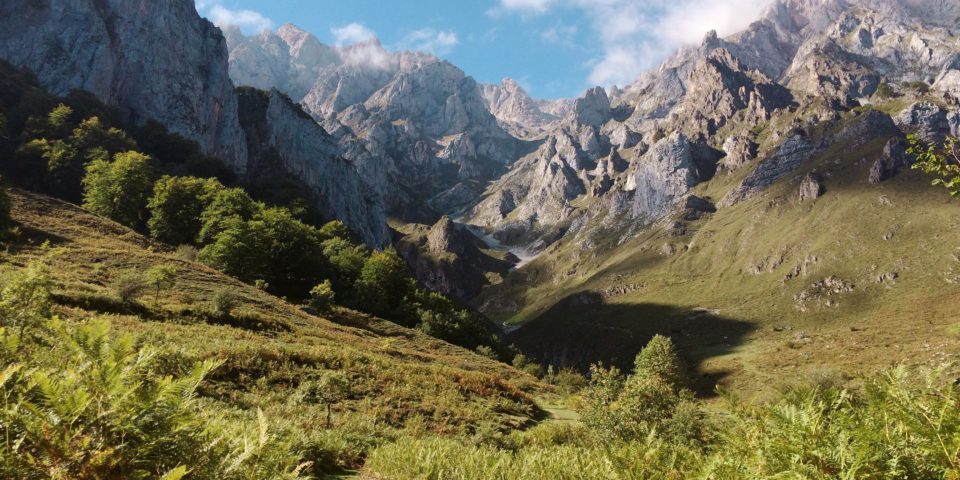If you are at all like me, either as a photographer, a videographer or hybrid thereof, you are constantly looking for ways to attach something to something else. While I do advocate buying a bag of spring clamps from the hardware store, they are insufficient for dealing with gear. In the past, one had to drop significant coin on clamps and such. The quality was of course superb and they never let you down, but because I always need clamps, I was really excited by the lineup of products in Henry’s Cameron lineup.
The Super Clamp
If you’ve never used a Super Clamp, you’ll be scratching your head why not once you do. A Super Clamp can hold just about anything. I’ve used mine for speed lights, strobes, cameras, poles, backdrops, pieces of wood, pieces of metal and a bunch of other stuff I’ve probably forgotten. The super clamp is a jaw system that locks down tight. It can be used on something roundish, or by inserting the square jaw converter, can clamp flat surfaces together. One of the first things I noticed about the Cameron over the alternates is that they ship with the square adapter installed so folks know what it’s for. I’ve been on plenty of sets where owners had no idea why it was there.

Figure 1 : Super Clamp
There’s a mounting hole that takes a standard 5/8 “ stud or post. You can even use a double length stud to lock two super clamps together. I do this a lot to give myself some flexibility when holding complex pieces.
The construction of the Cameron has proven to be super reliable in the field, and I have not discovered a difference between it and the more expensive clamps I have used for years. You can get a kit for under $30 using webcode 357RES018. The kit includes the clamp, the square face adapter and a basic stud.
The Nano Clamp
In my article on the Manfrotto Lumie, I mentioned the Nano Clamp. It’s more suited to a roundish surface than a flat one, so think tree branch or pole. Think that pole that holds your bird feeder. Or a pipe that you use for background paper that could also hold your hairlight.

Figure 2 : Nano Clamp
The Nano clamp not only clamps but is tapped for both ½-20 and 3/8-16 standard threads so you can really use it for just about anything. I use mine to hold reflector boards because they are so small and light, I can throw several into a go-bag and never be left out. Like a super clamp you can use a double ended stud to attach to of them together. Very useful indeed and you can get a kit for under $25 using webcode 357RES021. I mentioned in the Lumie article how I use one with the Lumie, but it is tough enough to use with my larger LED panels as well.
The Spring Clamp AKA The Justin Clamp
You know the Justin story, not the selfie guy, the just in case issue. I love having spring clamps around because they are easy to deploy but have a much wider jaw than the hardware store clamps. They are also set to take connectors. The Cameron lineup includes units with basic connections, coldshoes and little ball heads. All very useful.

Figure 3 : Spring Clamp with Mini-Ball Head
All spring clamps come with a mount for a 5/8 “ stud, so you can mount them to other clamps like a Super Clamp or to a light stand, anything that provides a standard stud. The spring jaws have excellent grip. I use them for bounce cards, for cutters (the short name for a cuculoris), flags, really anything that it lightweight. They have enough strength to hold ½ “ foamcore, but for plexi and lexan I prefer the Super Clamp. You can get them for under $40, the one with the mini-ballhead (so useful) is webcode 357RES012.
I have a clamp bag that I take to larger shoots because it puts all my clamps in a single place, but I throw a couple of other useful Cameron accessories in there as well that you might find handy.
Light stands are typically straight up and down, unless your stand came with or has an accessory boom. My light stands are either C Stands or from Manfrotto, either stackers or the awesome 420B boom. (Cameron has released their 420B variant – I’ll be testing it shortly). Invariably I find myself in the position where I need to vary the angle of the clamp. The rest of the world calls this piece of kit a tilter bracket, but the Cameron product is called an umbrella holder. I’d change the name if I could because while it does a fine job of holding an umbrella, it has so many more uses.

Figure 4 : The Cameron Umbrella Holder AHEM Tilter Bracket
The tilter bracket comes in two major variants, either ending in a cold shoe, ideal for use with an off camera speed light, or ending in removable stud. I go with the second option because it gives me more flexibility, but you should choose which works best for you.
The ability to use studs of different lengths and functions gives me incredible flexibility in the positioning of my clamps. I have a number of these brackets, because I use them with the clamps so often. Studs are sometimes referred to as spigots, spikes and nails. So long as they fit, you don’t care about the naming. The unit I choose has a stud mounting hole on both ends for maximum flexibility as well as a large locking handle. You can get this kit for about $40 using webcode 357RES010.

Figure 5 : Cameron Mini Ball Head
I am also a fan of small ballheads. You can always find a use for them. They have a ¼-20 mounting hole on the bottom so you can attach them most anything with a ¼-20 stud. The can end with a coldshoe, or just a ¼-20 male post. I choose the ones with the post because the flexibility in use. They are great for mounting a POV camera, or Plamp or speedlight. I use the Frio locking cold shoes exclusively and have them all on these little ball heads for agility.
The Cameron version can be had for under $20 using webcode 595BOO005. It has a cold foot as well for mounting into an accessory shoe. The web material and images do not show that it also has a ¼-20 mounting hole in the bottom of the foot. These are great as well to hold small LCD displays for video monitoring but are not nearly strong enough for larger cameras.
Hopefully you found some of my thoughts on the clamps in my bag and a couple of accessories useful. It used to be that the quality of some of the offshore made stuff was really horrible, but I have been using these Cameron pieces in production for months and they have never let me down.
Until next time, peace.


